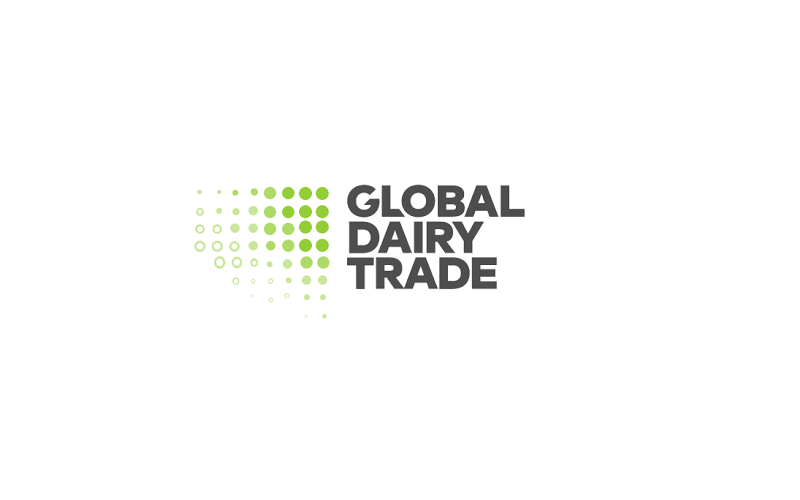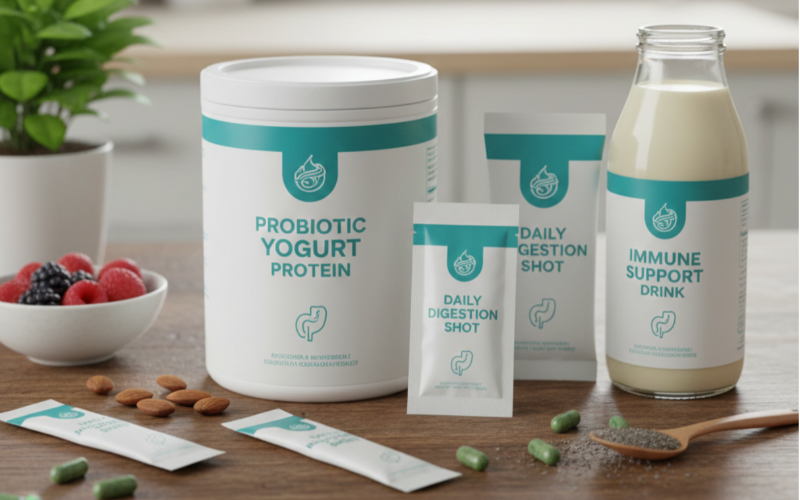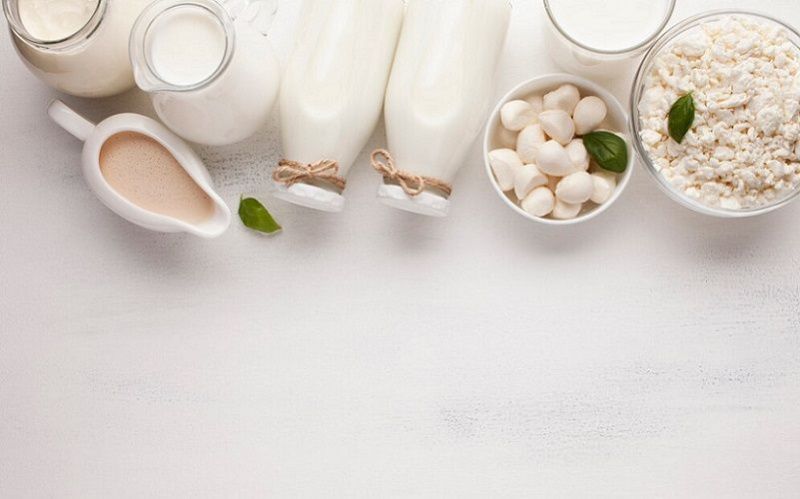Dairy Farm Costs Surge by 12c/L in Four Years, Says Dr. Laurence Shalloo
Source: DairyNews.today
Over the past four years, dairy farm production costs have surged by an average of 12c/L, according to Dr. Laurence Shalloo, Head of the Animal and Grassland Research and Innovation Programme at Teagasc Moorepark.

Speaking at a seminar during the National Milk Quality Farm Walk in County Limerick on September 12, Dr. Shalloo highlighted the significant cost pressures facing the dairy industry.
The event, hosted by the Macnamara family—winners of the 2023 National Dairy Council (NDC) & Kerrygold Quality Milk Awards—provided a platform to address the rising costs of production, which have challenged the resilience of dairy farming systems, particularly during difficult periods like 2024.
Dr. Shalloo attributed much of the increase to external factors, noting, "In the last four years, costs have increased by 12c/L. We all know why—Ukraine, feed costs, fertiliser costs, and some of the investments that followed 2022." He stressed that while returning to 2020 cost levels of 24c/L is unlikely due to changing market dynamics, services, and labour costs, it is crucial to aim for reducing costs to around 30c/L.
Key Cost Drivers
Breaking down the 12c/L increase, Dr. Shalloo explained that 26% is linked to rising feed costs, despite no significant change in feed usage, as price hikes were the primary driver. Additionally, fertiliser costs contributed 17% to the overall increase, with usage actually decreasing, further underscoring the need to control input costs.
Addressing these challenges, he remarked, "We need to pull those input prices back down," while acknowledging that some expenses, such as servicing milking parlours and veterinary costs, are "very hard to take out."
Sector Emissions Reduction
In addition to rising costs, Dr. Shalloo emphasized the agricultural sector's goal of reducing emissions by 25%. Encouragingly, emissions from the sector decreased by 4.6% last year, representing 20% of the targeted reduction. He pointed out that reducing the age of slaughter will play a significant role in achieving the overall goal of reducing 5.75 Mt carbon dioxide equivalent (CO2eq).
Dr. Shalloo also highlighted ongoing research into methane-reducing feed additives, which show promise in lowering emissions by 25-30% in grazing systems. "There’s a journey to go, but if you had asked me three or four years ago, I would have had a completely different answer. There’s a lot more excitement now about what can be achieved," he said.
However, Dr. Shalloo cautioned that discussions need to begin on how these emerging technologies will be funded once they are commercially available. "That conversation needs to start now so that we can figure out who will pay for it when the time comes," he concluded.
The seminar underscored the twin pressures of rising production costs and the need for sustainable solutions in the dairy sector, with innovation and cost management being crucial to the future of the industry.
The event, hosted by the Macnamara family—winners of the 2023 National Dairy Council (NDC) & Kerrygold Quality Milk Awards—provided a platform to address the rising costs of production, which have challenged the resilience of dairy farming systems, particularly during difficult periods like 2024.
Dr. Shalloo attributed much of the increase to external factors, noting, "In the last four years, costs have increased by 12c/L. We all know why—Ukraine, feed costs, fertiliser costs, and some of the investments that followed 2022." He stressed that while returning to 2020 cost levels of 24c/L is unlikely due to changing market dynamics, services, and labour costs, it is crucial to aim for reducing costs to around 30c/L.
Key Cost Drivers
Breaking down the 12c/L increase, Dr. Shalloo explained that 26% is linked to rising feed costs, despite no significant change in feed usage, as price hikes were the primary driver. Additionally, fertiliser costs contributed 17% to the overall increase, with usage actually decreasing, further underscoring the need to control input costs.
Addressing these challenges, he remarked, "We need to pull those input prices back down," while acknowledging that some expenses, such as servicing milking parlours and veterinary costs, are "very hard to take out."
Sector Emissions Reduction
In addition to rising costs, Dr. Shalloo emphasized the agricultural sector's goal of reducing emissions by 25%. Encouragingly, emissions from the sector decreased by 4.6% last year, representing 20% of the targeted reduction. He pointed out that reducing the age of slaughter will play a significant role in achieving the overall goal of reducing 5.75 Mt carbon dioxide equivalent (CO2eq).
Dr. Shalloo also highlighted ongoing research into methane-reducing feed additives, which show promise in lowering emissions by 25-30% in grazing systems. "There’s a journey to go, but if you had asked me three or four years ago, I would have had a completely different answer. There’s a lot more excitement now about what can be achieved," he said.
However, Dr. Shalloo cautioned that discussions need to begin on how these emerging technologies will be funded once they are commercially available. "That conversation needs to start now so that we can figure out who will pay for it when the time comes," he concluded.
The seminar underscored the twin pressures of rising production costs and the need for sustainable solutions in the dairy sector, with innovation and cost management being crucial to the future of the industry.











